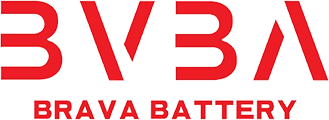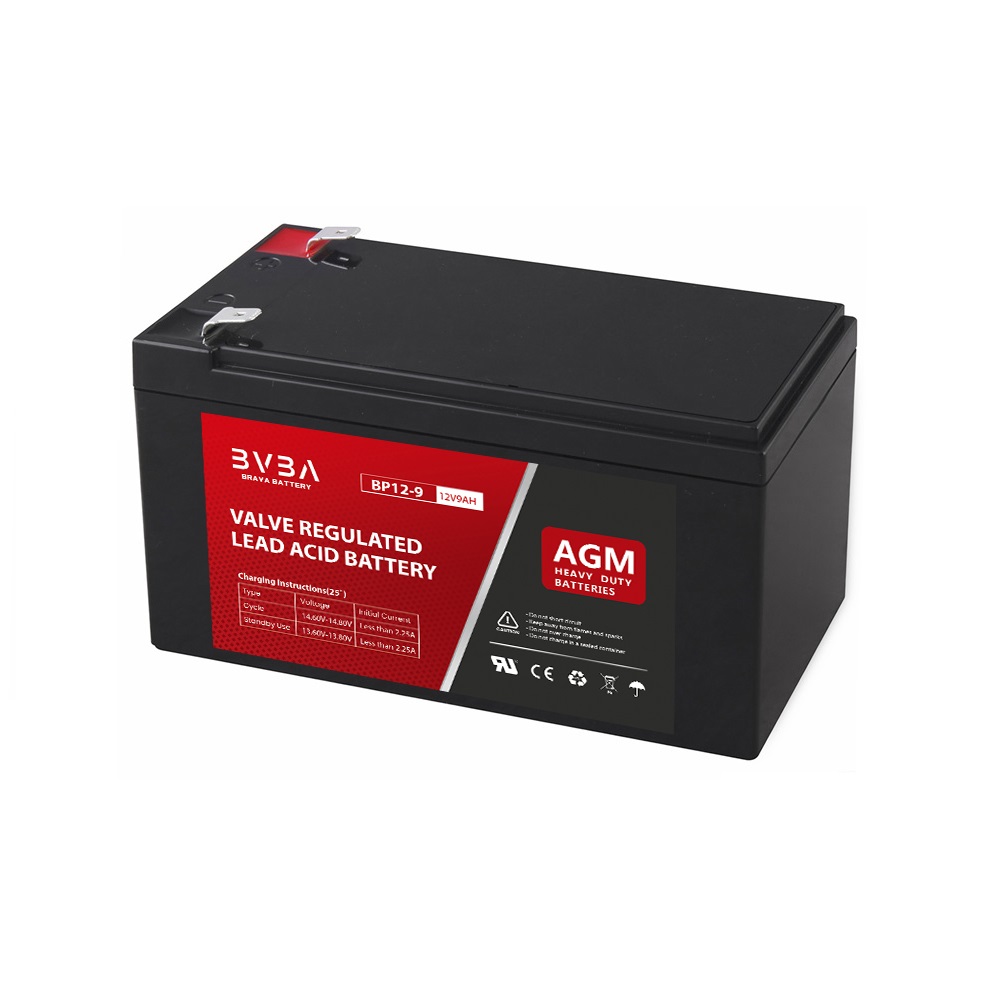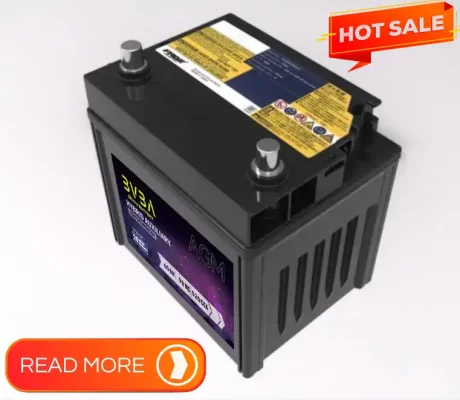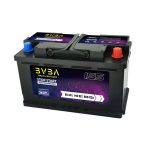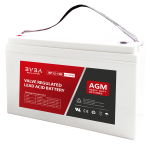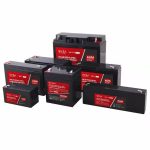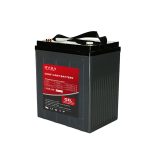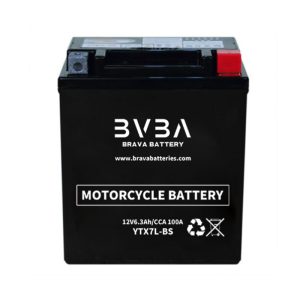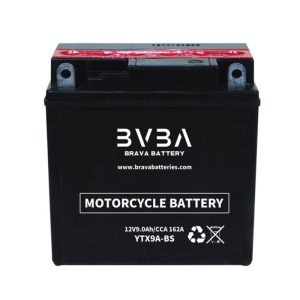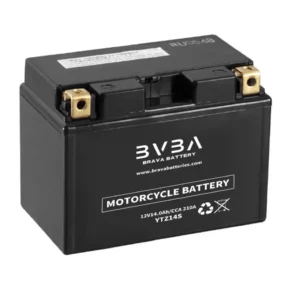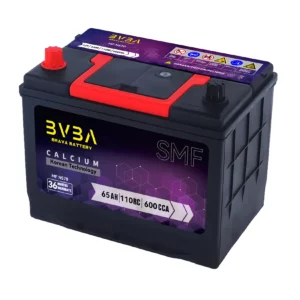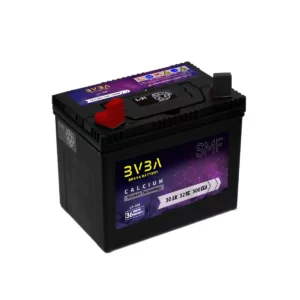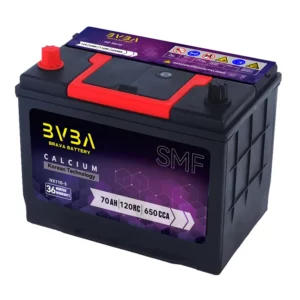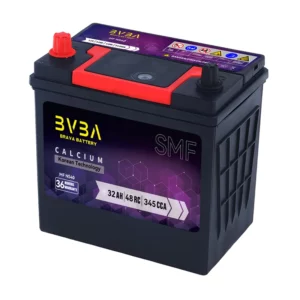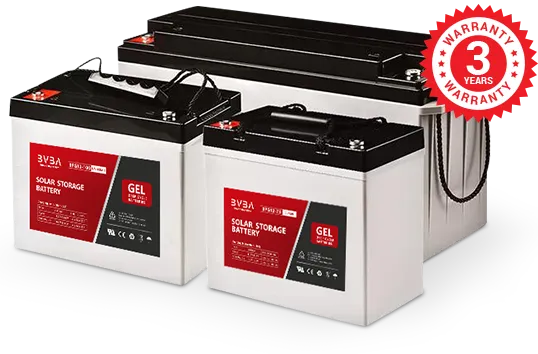AGM Battery or GEL Battery?
In this article, We will introduce the battery characteristics, let us tell you a few basic advantages and disadvantages of parallel and series circuits;
We will talk about what is AGM battery ? what is GEL battery ? How to choose solar battery for solar power system ? What is the battery over-discharge ? What is the battery series connection ?
What is the battery parallel connection ? AGM Battery or GEL Battery ? How to choose solar battery for solar power system ?
What is AGM battery ?
VRLA AGM battery is valve-regulated lead-acid battery (VRLA ) + Absorbent Glass Mat (AGM) technology battery. This is one kind of lead-acid battery for energy storage.
The technical features of AGM battery technology :
- Sealed with special compound epoxy and using pressure controlled vent valves.
- Electrolyte acid is absorbed in special glass mat separators to prevent electrolyte acid leaking or evaporating.
- No spilling – can be operated in any position. However, upside-down installation is not recommended.
- Using a recombination reaction to prevent hydrogen and oxygen gases escaping and make this two gases into water, which can keep acid water in same level.
- Maintenance free. No need to add water like flooded battery.
VRLA AGM battery uses recombinant technology. The oxygen produced from the positive plates of the battery is absorbed by the negative plates. This suppresses the generation of hydrogen at the negative plates. The recombination of oxygen and hydrogen leads to Water, retaining the electrolyte amount within the battery. Water re-filling is never required.
Compared to flooded battery, the advantages of AGM battery are :
- Vibration resistance due to sandwich construction
- Performance well in cold temperature
- Spill-proof through acid liquid encapsulation in glass mat technology
- High specific power, low internal resistance
- Up to 5 times faster charge than flooded technology
- Better cycle life than flooded systems
- Water retention (oxygen and hydrogen combine to produce water)
- Less sulfation because no need to open and add water
The advantage of AGM battery in application :
Maintenance free
When battery is charging, hydrogen would be absorbed and reversed to electrolyte by plates. It doesn’t need to refill water and balanced charge, which makes maintenance free.
Flexible installation
AGM separator keep electrolyte absorbed in glass mat and still. Battery can be used or positioned in any orientation.
Extremely safe
When excessive gas production by inappropriate charging occurs, safety valves will automatically emit the gas to prevent battery cracked.
Long standby life, Better cycle performance Anti-corrosion lead-calcium alloy plate provides longer float charging life. AGM separator can trap electrolyte and prevent active materials on positive plate dropping at the same time. Moreover, it gives better deep discharge cycle performance.
Longer shelf life
Special lead-calcium alloy plates make lower self-discharge for longer shelf life.
High rate performance
Low inner resistance allows higher discharging and charging current for better performance in high rate application
What is GEL battery ?
VRLA GEL battery is valve-regulated lead-acid battery (VRLA ) + Gel electrolyte cell technology battery. This is one kind of lead-acid battery for energy storage.
Gel battery is using gel as electrolyte instead of liquid acid. Gel is usually produced by homogeneous dispersion of pyrogenic silica in diluted sulfuric acid. Pyrogenic silica is a kind of powder of very well dispersed SiO, which absorb more than 10 times of its weight acid liquid to produce gel. Because of the thixotropic property of gel, the agglomerates are connecting themselves together as a network which keeps the liquid inside and become gel structure after a certain gelling time. The Gel battery has no liquid inside, the electrolytes is in gel form and stand solid between positive and negative plate inside battery.
The technical features of Gel battery technology :
- Using gel as electrolyte
- Plate thickness tolerance is not critical since the high compression of plates group assembly is not necessary
- More electrolytes for better contact with plates and active materials and container walls, it is good for releasing internal heat and cooling battery temperature.
- Using the extra microporous separator which can:
a/ reduce the depolarization of the negative electrode and avoid negative plate sulphation
b/ without any liquid, significantly decreases thermal runaway
c/ Help to prevent short circuits by dendrite growth between the positive and negative plates during deep discharge - Better vent valve design to lower gas leaking rate to extend battery lifetime.
Compared to flooded battery, the advantages of Gel battery are :
- Maintenance free, no need to add water
- Safe operation since no liquid inside
- Can be installed sideways ( upside-down is not recommended )
- Long cycle life
- Low self-discharge makes shelf life longer.
- Long standby life due to its ability to keep electrolyte inside and steady
- Performance stays high and stable until the end of life
- Tolerance to abuse and heat during operation, good for extreme weather
The advantage of Gel battery in application :
Maintenance free
When battery is charging, hydrogen would be absorbed and reversed to electrolyte by plates. It doesn’t need to refill water and balanced charge, which makes maintenance free.
Flexible installation
AGM separator keep electrolyte absorbed in glass mat and still. Battery can be used or positioned in any orientation.
Longer lifespan in extreme weather
Gel cell electrolyte prevent electrolyte being evaporated in high temperature or being frozen in low temperature, which keep battery in high performance in extreme weather. Extremely safe When excessive gas production by inappropriate charging occurs, safety valves will automatically emit the gas to prevent battery cracked.
Long standby life, Better cycle performance
Anti-corrosion lead-calcium alloy plate provides longer float charging life. AGM separator can trap electrolyte and prevent active materials on positive plate dropping at the same time. Moreover, it gives better deep discharge cycle performance.
Longer shelf life
Special lead-calcium alloy plates make lower self-discharge for longer shelf life.
High rate performance
Low inner resistance allows higher discharging and charging current for better performance in high rate application
What is the battery over-discharge ?
Over discharge may cause difficulties in recharging the cell by increasing the battery’s internal resistance. Also, over discharging may cause lead to be precipitated in the separator and cause a short in the cell or between cells.
We do not recommend using battery voltage lower than 10.5V, it will make battery over-discharge. For a low voltage battery, the battery should be stopped immediately, and the battery should be supplemented by electricity immediately. Proper maintenance can extend battery life.
What is the battery series connection ?
a “series circuit” will share the voltage given from the supply evenly … however the current will remain the same across the entire circuit. When the battery is connected in series, the battery voltage increases, battery current does not change.
What is the battery parallel connection ?
a “parallel circuit” in the same scenario will split the current evenly across all paths … however the voltage across the entire circuit and all paths will be same as supply.
When the battery is connected in parallel, the battery voltage does not change but battery capacity increases.
AGM Battery or GEL Battery ? How to choose solar battery for solar power system ?
We can easily understand the difference of AGM and GEL by the following chart :
AGM and GEL’s deep cycle are suitable for solar However, if it is a more extreme climate or outdoor, Gel’s deep cycle will have a longer life span.
| ITEM | GEL/AGM | COMPARE | |
| Electrical performance | The pores of the gel structure are narrow, so the ions are more clogged, and the internal group of colloidal sealed lead acid batteries is larger than AGM. Therefore AGM’s high-power discharge performance is better. | AGM is better | |
| Size | GEL electrolyte is 20% more than AGM, and it adopts flooded process, so AGM energy density is high | AGM is better | |
| Ventilation requirements | GEL is flooded battery, The cracks generated by the gel provide oxygen circulation. GEL must be well ventilated. AGM has 8% of the gap in the separator, and no electrolyte is filled. | AGM is better | |
| Thermal runaway | The AGM sealed lead-acid battery adopts a liquid-lean design. In the separator plate, 8% of the porosity must be maintained and the electrolyte is not allowed to enter. Therefore, the internal heat of the battery is poor, and the oxygen generated during charging reaches the negative electrode, which generates heat.If you can’t dissipate heat immediately, the battery temperature will increase. | GEL is better | |
| Operating temperature | GEL working temperature adaptability is better than AGM | GEL is better | |
| Cycle Life | AGM battery cycle life is about 400 times; GEL battery cycle life is about 600 -800 times | GEL is better | |
| Standby Life | Both AGM and GEL can have a long life design. | Both are good | |
